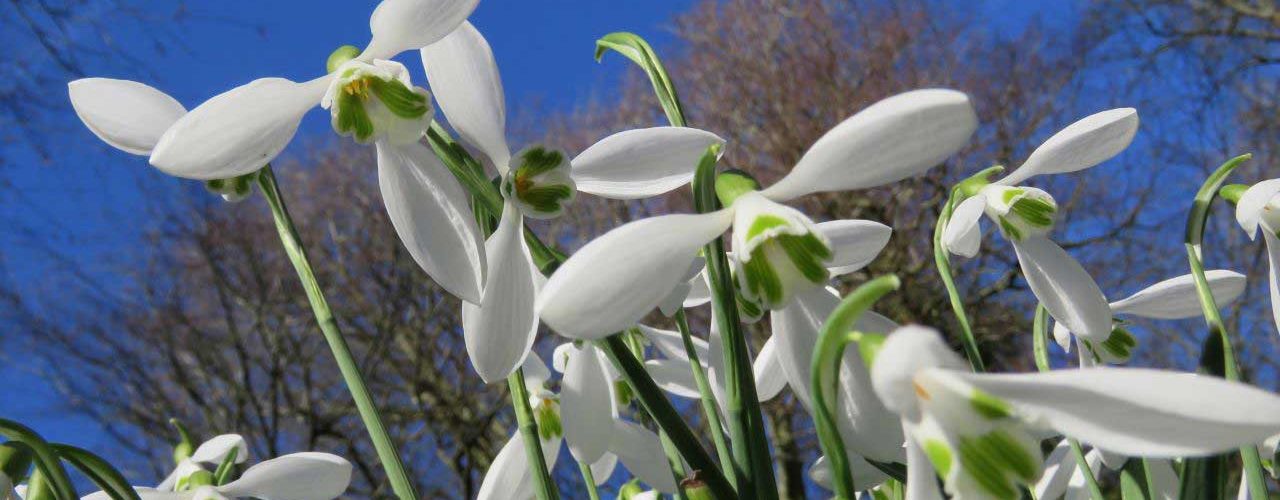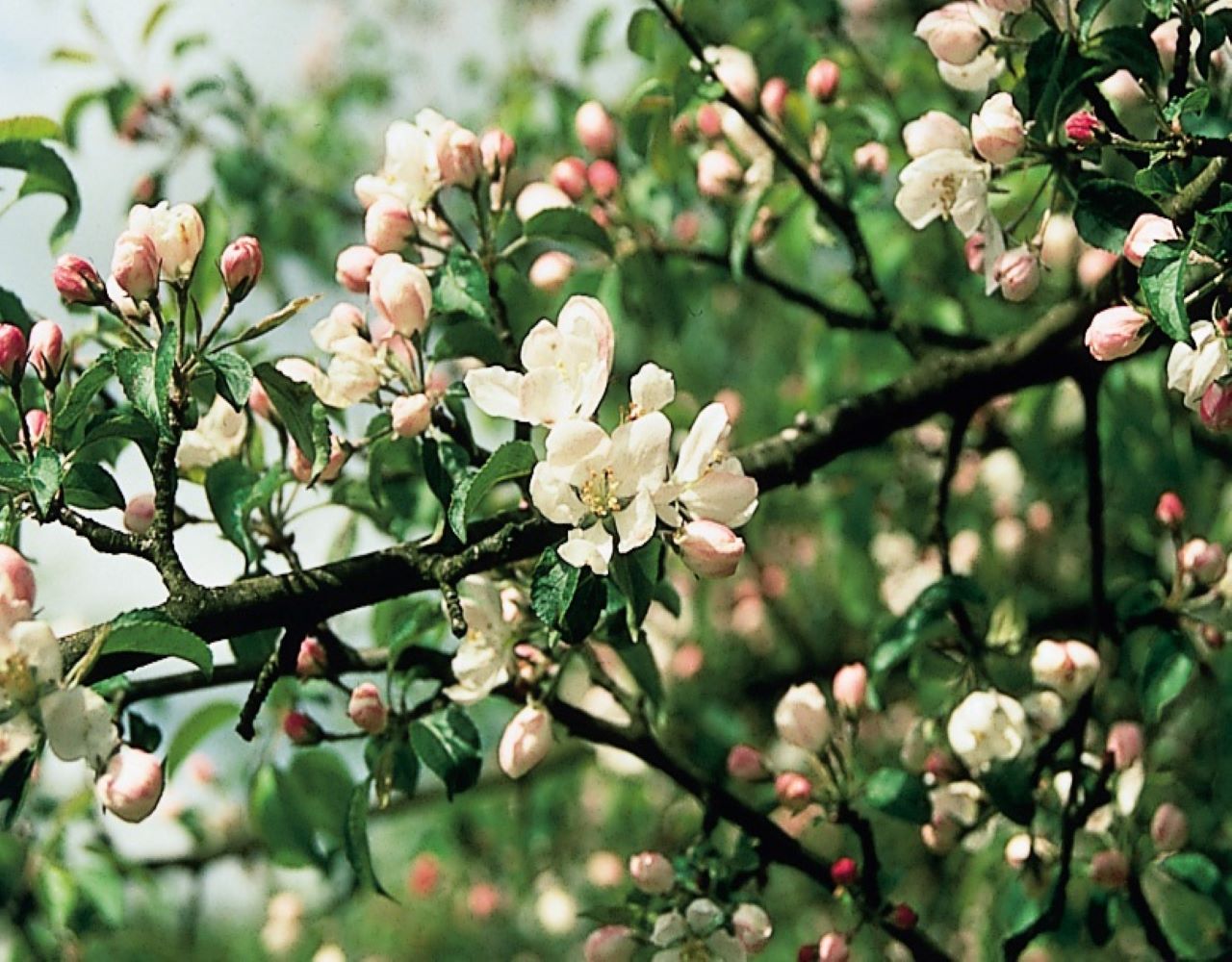
Cleansing the Energy Field
December 13, 2022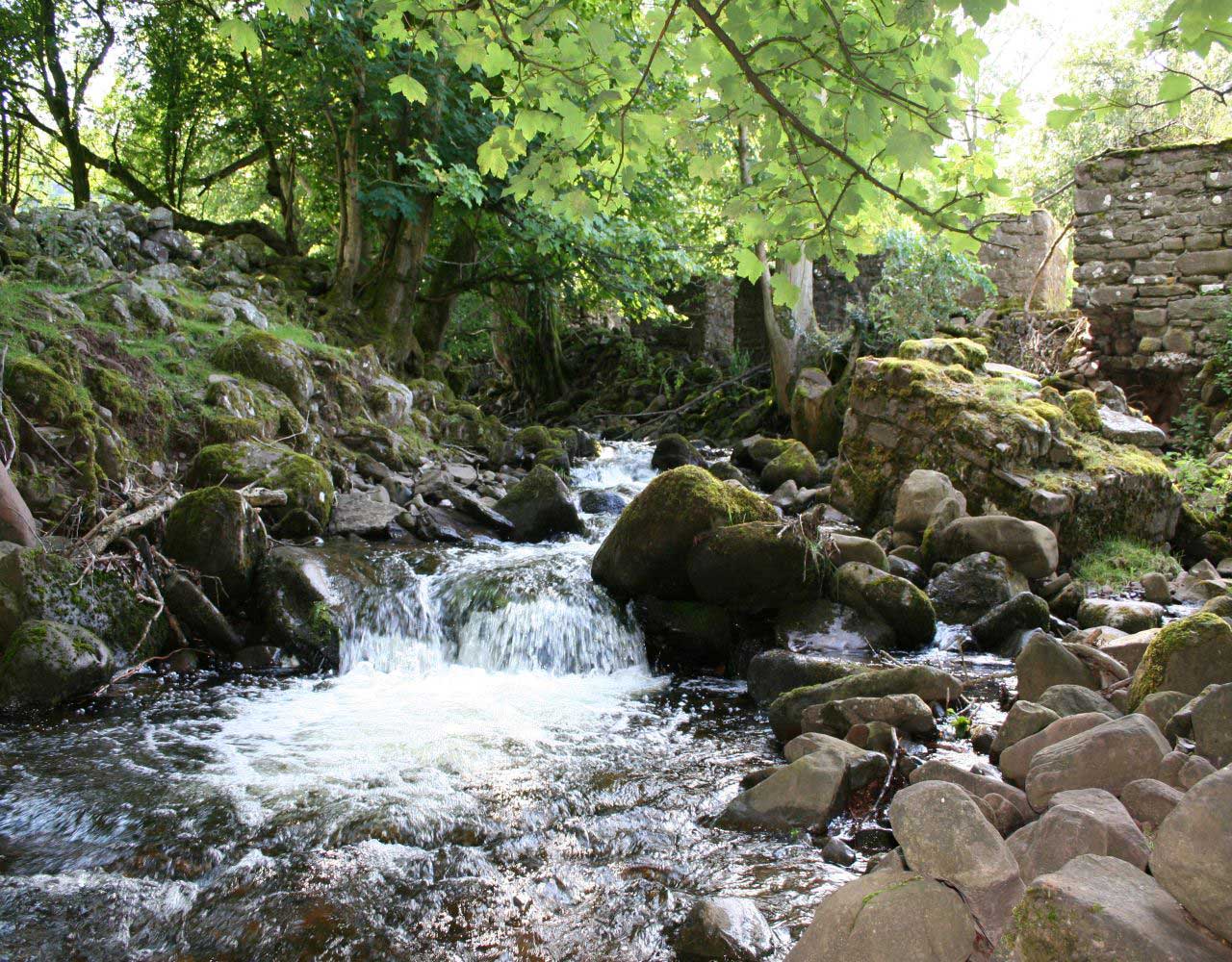
Procrastination – A Spiritual Perspective
January 20, 2023Mandala for New Beginnings
"A mandala is the psychological expression of the totality of the self" Carl Jung
Mandala for New Beginnings - Jung believed that creating mandalas offered a “safe refuge of inner reconciliation and wholeness” providing a sacred space into which we can invite the self. The word mandala comes from the ancient Sanskrit language and means circle or centre.
It is a simple geometric shape that has no beginning or end. Even though it may be dominated by squares or triangles, a mandala has a concentric structure. Characteristically mandalas have five components: symmetry, geometry, colour, number, and intention.
Mandalas offer balancing visual elements, symbolizing unity, harmony, wholeness, and healing. They are constructed in such a way that the focus of attention is drawn continuously to the centre and then back out to the outer frame.
Mandalas are used universally to promote healing and other positive states of being. Attributing meaning to a mandala will be a unique process as the shapes and patterns may be open to interpretation by each person.
We may think of a mandala as being energetically alive, a means of creating a pathway to a desired state of being. Every element and colour has significance.
When used as a spiritual tool our mandala is a reflection of our soul, its beauty and knowingness and our connection to all that is.
When we create a mandala, we are expressing who we are and where we are on life’s journey.
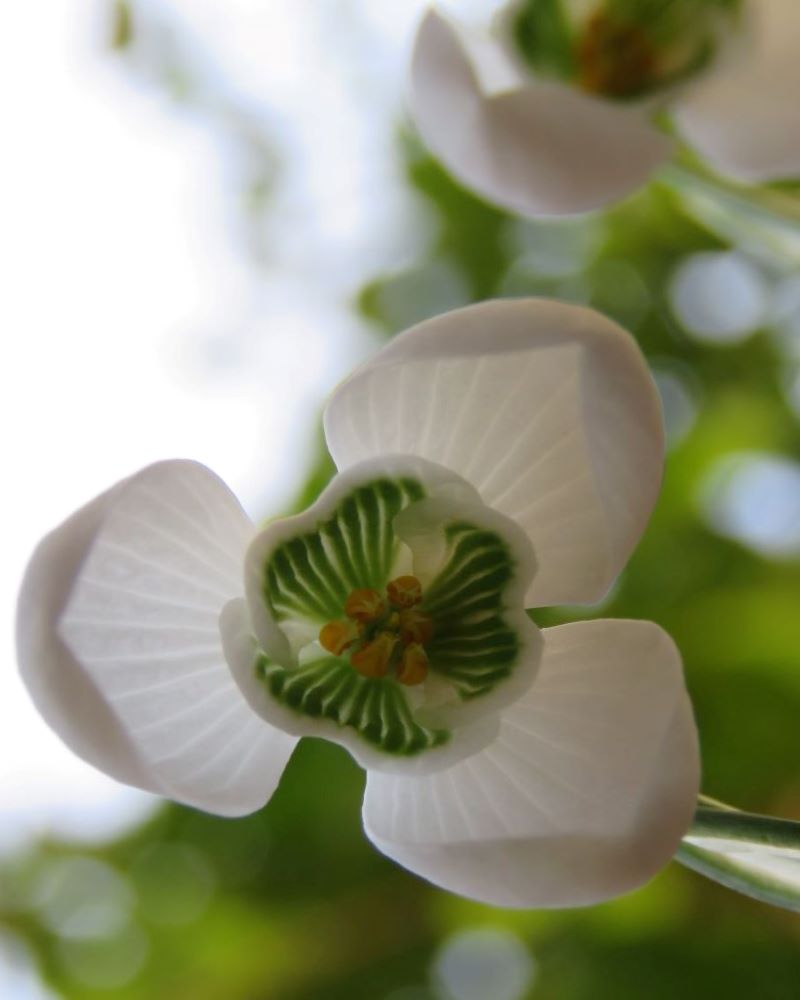
Mandala for New Beginnings - Snowdrop - Symbol of New Beginnings
Mandala for New Beginnings - It is a creative process whereby we give intangible thoughts and feelings both form and substance. It helps stabilise, integrate and re-order our inner life and allows access to the deeper levels of our unconscious. As such a mandala is a self-development tool.
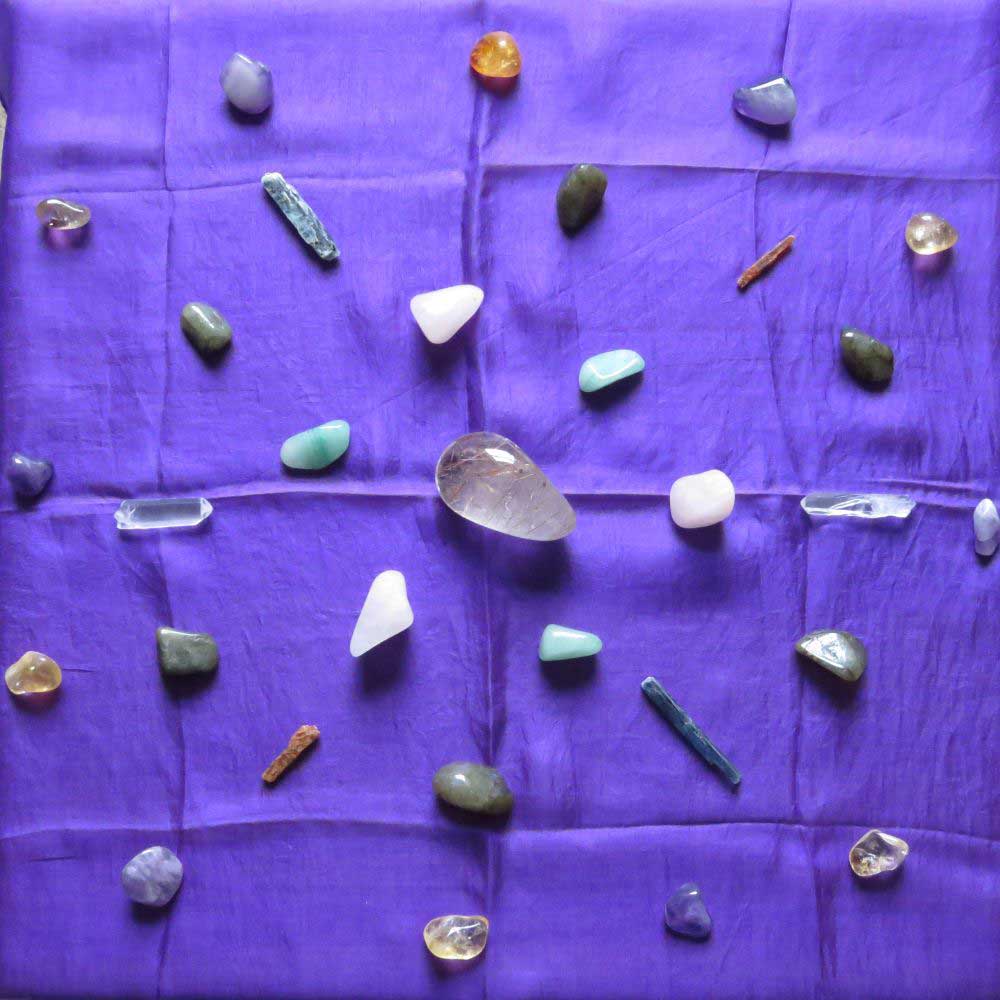
Mandala - January 2023
A mandala may be used as an aid to meditation during which we establish a sacred space. I like to create a crystal mandala at the start of each year to set my intentions both personally and in service to my clients and the wider spiritual community to which I belong.
You may wish to create your mandala from a variety of materials including objects, plant materials or whatever you are drawn to creatively or artistically.
Here is a simple outline mandala which you may wish to use or adapt, just click here to download it in .docx format. Begin by grounding yourself and establishing firm roots. Take a few calm gentle breaths, connecting to that point of stillness within and from this intuitive space set your intention for the mandala you are about to create, expressing what is perceived in the form of shapes, colours, patterns, etc.
Once we have created our perfect mandala, we should just change one thing before we take it in. This is based on the idea that we are in constant motion and will help transcend limitation.
The mandala I have created for this new year includes crystals for each of the elements: fire, earth, air, and water. The pattern is made up of the quartz family, comprising Rutilated, Rose, Aventurine, Citrine, Amethyst, and Clear points together with Labradorite and Blue and Orange Kyanite from the Triclinic system.
For me, the very act of making a crystal mandala by laying out stones in a pattern, calms and focuses my mind and enables me to absorb the energies of the crystals I have chosen.
This meditation is another tool to add to our self-care toolkit and it has many benefits. It may be experienced as a form of self-healing, it can help us access our inner wisdom, strengthen our connection to source, expand our creativity, increase our self-awareness, and encourage self-expression.
Related links of interest:-
Carl Jung's feelings and interpretations of Mandalas (sacred circles)


